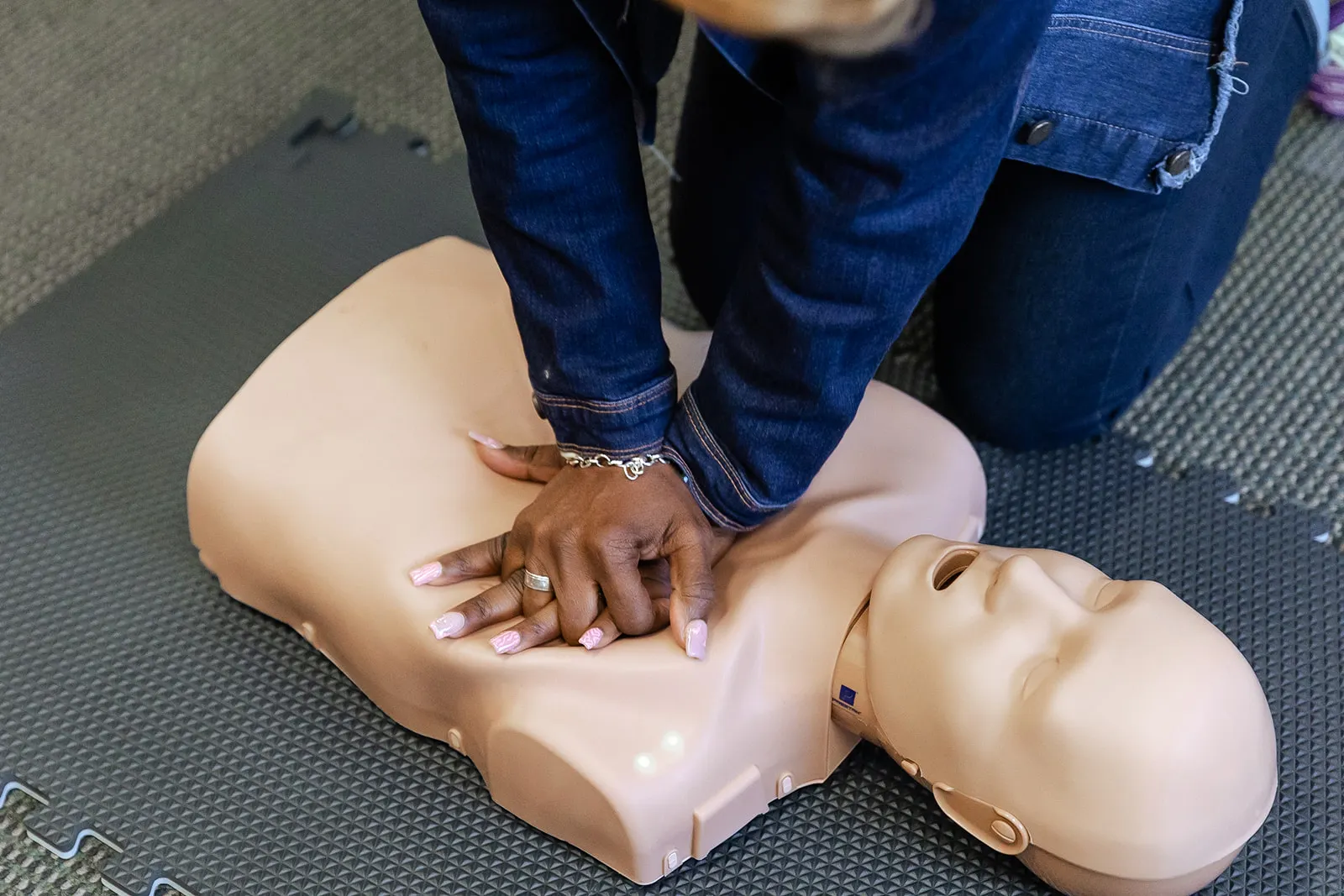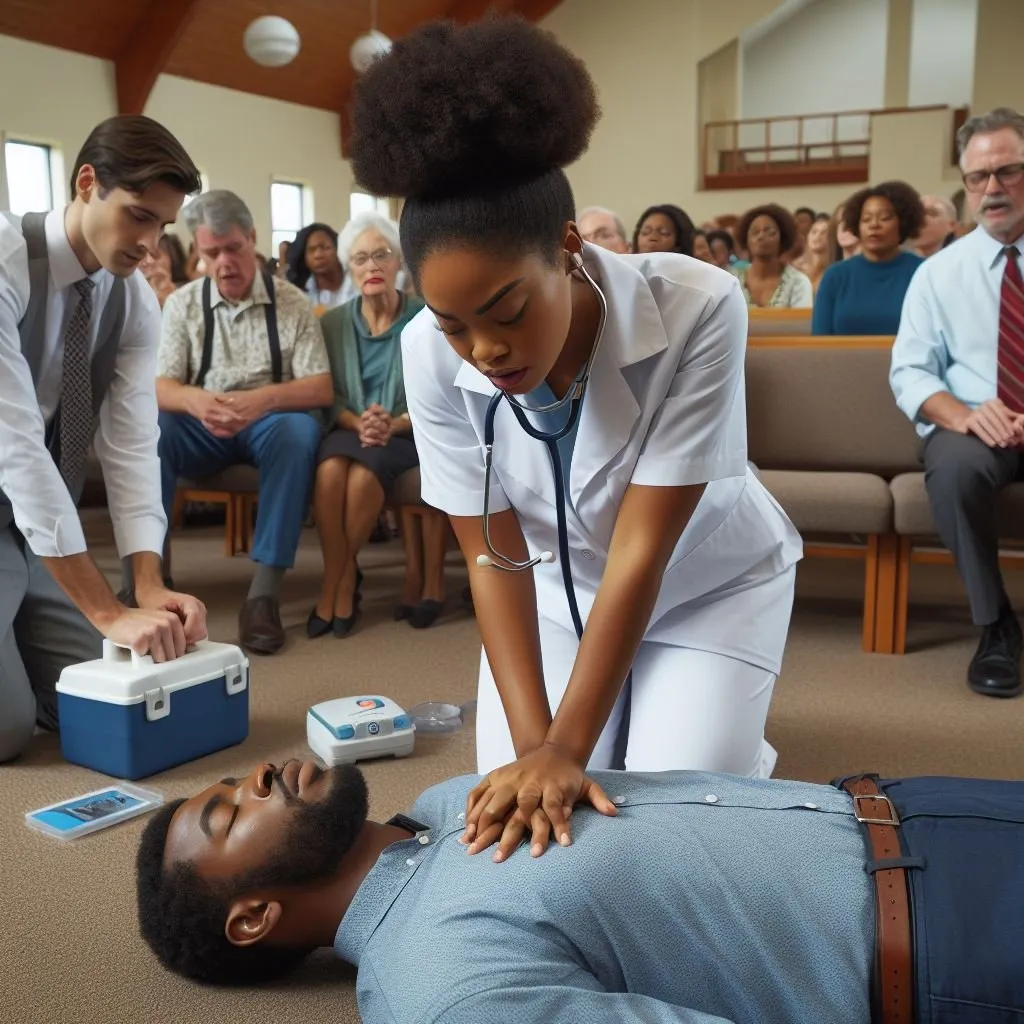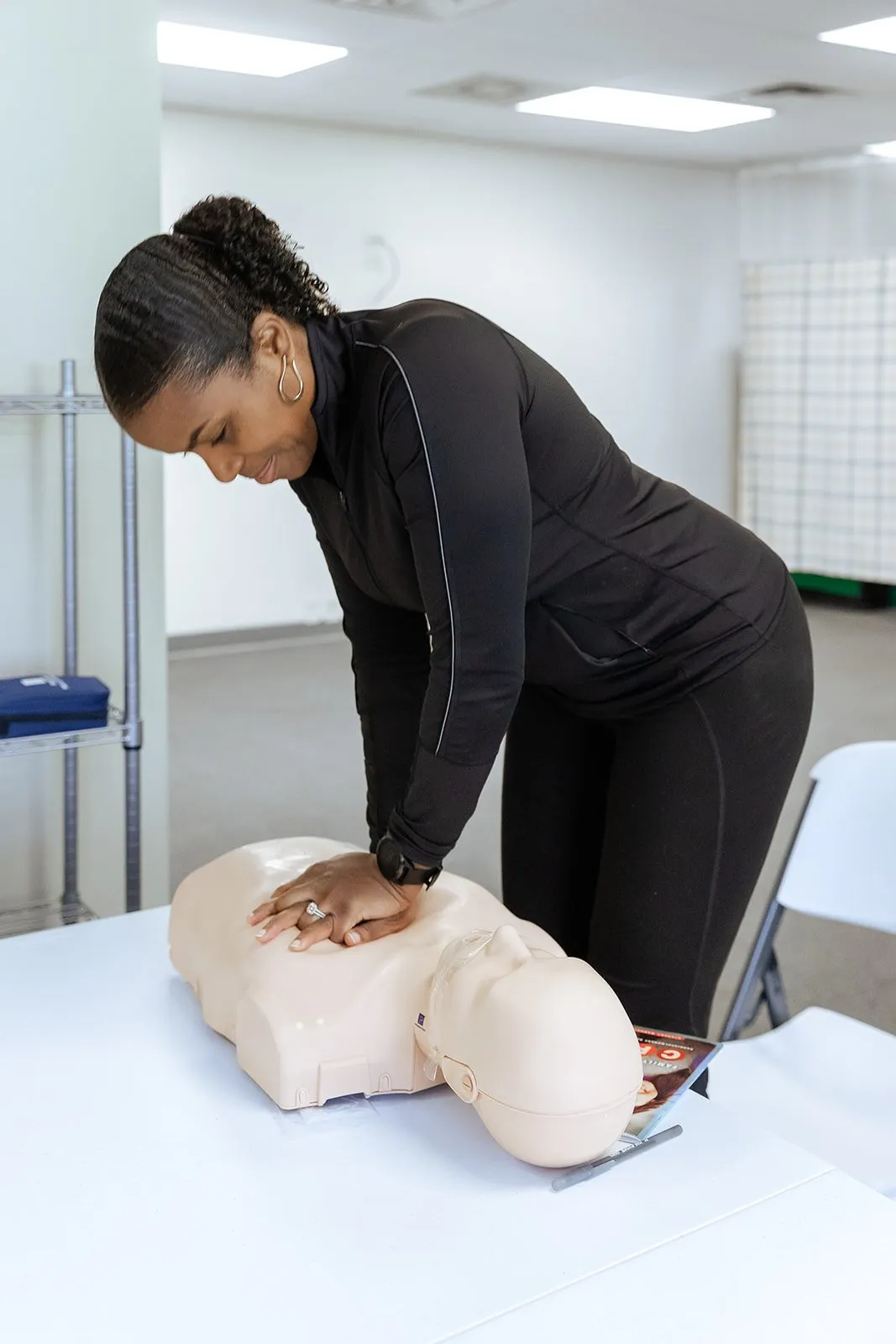Let’s Set the Record Straight: When Should You Really Pause Chest Compressions?
Let’s Set the Record Straight: When Should You Really Pause Chest Compressions?
Let’s talk CPR.
No fluff. No medical mumbo jumbo. Just real answers for real people who want to save lives without second-guessing themselves.
You landed here because you typed something like:
“During high-quality CPR, when do rescuers typically pause compressions?”
Well, good news—you’re in the right place.
Even better news? You’re about to walk away with clear, no-nonsense guidance straight from the American Heart Association (AHA) playbook.
So let’s break this down—step-by-step, like we’re sitting across the table with a cup of coffee and a purpose.
First, What Is High-Quality CPR?
Before we start talking pauses, let’s get this CPR thing all the way together.
According to the AHA’s latest guidelines 2020, high-quality CPR means:
- Pushing hard (at least 2 inches deep for adults)
- Pushing fast (100–120 compressions a minute)
- Letting the chest bounce back after each compression
- Keeping interruptions under 10 seconds—max
- Not overdoing it with the breaths
That’s the gold standard. That’s what gives someone a real shot at surviving.
So... When Do You Actually Stop Compressions?
Here’s the thing—you don’t stop unless you absolutely HAVE to.
The name of the game is blood flow. And every time you pause, that flow slows. So we keep compressions going unless there’s a REALLY good reason not to.
Let’s walk through those exceptions:
1. When the AED Says “Stop”
Once the AED arrives, you’re still compressing until it tells you,
“Analyzing rhythm. Do not touch the patient.”
That’s your cue to pause, just for a few seconds.
Let it do its thing. Don’t overthink it.
- Keep it quick: Less than 10 seconds
- Bonus tip: Get right back on the chest after the shock. No waiting, no guessing.
2. When Giving Breaths (in 2-Rescuer Adult CPR)
If you’ve got a partner with you and you’re doing 30 compressions to 2 breaths, you do pause briefly to deliver those breaths.
But don’t hang out. Don’t chat.
Breaths should be smooth, not slow.
- Keep it under 10 seconds
- No huffing, puffing, or holding your breath trying to remember what comes next. You've got this!
3. When You’re Switching Rescuers
If you’re working with someone else, switch out every 2 minutes. Why? Because quality drops when you’re tired, and your patient doesn’t need tired hands. They need effective ones.
But the switch? It should be seamless, like a pit crew at a NASCAR race.
- Maximum pause: 5 seconds
- Pro tip: Switch during breaths to keep it moving smoothly and tight.
4. When Delivering a Shock
When the AED says “Shock advised,” you pause, press the button (or let it auto-shock), and jump right back in.
No checking the pulse. No waiting for a sign. You compress until the pros take over—or the person shows obvious signs of life.
- Again, under 10 seconds
- No long pauses to admire your heroism. They need action, not applause (yet).
When NOT to Pause (Seriously, Don’t Do These)
Let’s squash some bad habits before they start:
🚫 Don’t stop CPR just to “see if it’s working.”
🚫 Don’t wait to get the AED all fancy and set before starting compressions.
🚫 Don’t stop until the pros tell you to—or the person wakes up on their own.
Real Talk: Here’s the Bottom Line
During high-quality CPR, rescuers typically pause compressions ONLY when absolutely necessary—and never for more than 10 seconds.
That’s it. That’s the rule.
If you follow it, you’re doing exactly what the AHA recommends—and giving that person a real fighting chance.
Ready to Be the One Who Knows What to Do?
If you're here, you care. And if you care, you need to act.
📌 Want a CPR cheat sheet you can stick on the fridge or stash in your car?
📌 Ready to get certified—or recertified—in CPR + AED the right way?
📌 Thinking about launching an AED program at your church, school, or business?
We’ve got your back. Training, tools, support—you name it.
Let’s make sure you’re not just watching when a life is on the line, but that you’re doing something.




